|
|
International Summer School on
Physics at Nanoscale
9th - 12th June 2014
Devět Skal, Czech Republic
|
Ai Leen Koh
Applications of environmental (scanning) transmission electron microscopy
to study oxidation and hydrogenation phenomena in nanomaterials
Stanford Nanocharacterization Laboratory, Stanford University
Ai Leen Koh is currently a research scientist at the Stanford Nanocharacterization Laboratory in Stanford University, where she directs the operation of the Titan 80-300 environmental (scanning) transmission electron microscope (E(S)TEM). The instrument is equipped with a spherical aberration corrector in the image-forming (objective) lens, an environmental mode which allows the introduction of various gases into the microscope column for in-situ studies, a monochromator for high-resolution energy-loss spectroscopy, energy-dispersive X-ray spectroscopy, electron tomography and holography capabilities.
Ai Leen completed her Ph.D. at Stanford University in 2008. Her Ph.D. thesis concerns electron microscopy investigations of nanoparticles for cancer diagnostic applications, where she applied electron microscopy techniques to study magnetic nanoparticles and surface enhanced Raman scattering (SERS) nanoparticles for in-vitro sensing and diagnostic applications. She was a postdoctoral research associate at Imperial College London from November 2008 to July 2010, where she utilized the technique of monochromated STEM-EELS to study surface plasmons in noble metallic nanostructures.
| 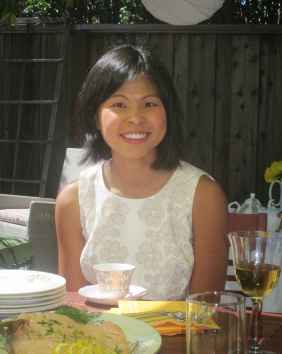 |
| [Return to top] |
Alexander Vaskevich
Plasmonic sensors: Materials, Methods, Mistakes
Weizmann Institute of Science, Israel
Alexander Vaskevich is a Senior Research Fellow in the Department of Materials and Interfaces, Weizmann Institute of Science, Rehovot, Israel.
He received his Ph.D. and D.Sc. degrees in Extractive Metallurgy from the Moscow Steel and Alloys Institute, where he was employed as a Senior Staff Scientist. Thereafter he worked as a Researcher at the School of Chemistry, Tel-Aviv University, Israel. In 1998 he joined the Department of Materials and Interfaces, Weizmann Institute of Science, Rehovot, Israel. He published more than 120 peer reviewed papers and book chapters and holds more than 20 patents and author certificates.
His current research interests includes development of nanostructured materials using self-assembly schemes, nanostructured metal and metal oxide films, localized plasmon transducers for sensing applications and chemically and electrochemically active plasmonic systems. The objective is to develop new approaches to the construction of nanomaterials, as well as applications of the newly developed nanostructures.
|
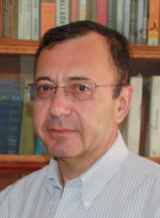 |
| [Return to top] |
Christiane Becker
1) Crystalline Si thin films for photovoltaics
2) Nanophotonic light trapping (including nanoimprint lithography)
Helmholtz Zentrum Berlin
Christiane Becker heads the Young investigator Group Nano-SIPPE’(the name derives from the research topic Nanostructured SIlicon for Photonic and Photovoltaic ImplEmentations (Sippe: engl. Clique)).
The main goal of the ‘Nano-SIPPE’ is the development of large-area silicon nano- and microstructures for photovoltaic and photonic applications. Aiming at basic research gearing towards future industrial applications the group is focused on cost-effective and up-scalable fabrication methods such as nanoimprint-lithography and high-rate silicon evaporation. The group is supported by the German Federal Ministry of Education and Research (BMBF) in the program NanoMatFutur (no. 03X5520).
| 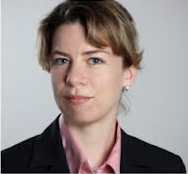 |
| [Return to top] |
Gerhard Meyer
Atomically resolved scanning probe microscopy
Physics of Nanoscale Systems group at the IBM Research - Zurich Laboratory
Main research interests of Gerhard Meyer are in the area of scanning probe microscopy and epitaxial growth, in particular low-temperature scanning tunneling microscopy and atomic force microscopy, atomic/molecular manipulation and studies on the growth of/on ultrathin insulating films.
He received his PhD from the University of Hannover, Germany, in 1987. Following a postdoctoral fellowship at the IBM Research Laboratory in Yorktown Heights, he joined the group of Prof. K. H. Rieder at the Free University Berlin, starting a project on low-temperature scanning probe microscopy. In 2000, he became staff member of the Paul Drude Institut fuer Festkoerperelektronik, Berlin, until 2002, when he moved to IBM Research - Zurich Laboratory. For his work in scanning probe microscopy Gerhard Meyer has received several IBM awards, including an IBM Corporate Award, the German Nano-Science Prize in 2002 and the Robert Wichard Pohl Prize of the German Physical Society in 2011. Since 2009 he has been a Fellow of the American Physical Society.
He has published more than 120 papers and presented more than 100 invited talks in the area of Surface Science and Nanoscience. His research projects have been supported by several national and EU projects fostering international collaboration.
In 2011, he was awarded a European Research Council (ERC) advanced grant.
|
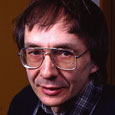 |
| [Return to top] |
Gregory Weiss
Single-Molecule Enzymology with Nanometer-Scale Electronics
Department of Chemistry at University of California Irvine
Research interest of Prof. Gregory Weiss is to apply new tools from chemistry to dissect biology at the level of atoms and bonds. His laboratory applies viral evolution and the phage display of large libraries of proteins to uncover mechanisms of enzymes, protein folding, and molecular recognition by both soluble and membrane-associated proteins. Selectants from such libraries and other protein engineering experiments are then wired into circuits developed collaboratively with his lab. At the single molecule level, he collaborates with Prof. Phil Collins (UC Irvine, Dept. of Physics) to interrogate individual enzymes during their catalytic cycles. For the development of disease diagnostics, he collaborates with Prof. Reg Penner (UC Irvine, Dept. of Chemistry) to invent sensors capable of recognizing disease-associated biomarkers from complex fluids.
|
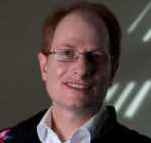 |
| [Return to top] |
Isodiana Crupi
Flexible thin film photovoltaics and plasmonics
CNR-IMM, Catania, Sicily, Italy
Isodiana CRUPI received the M.Sc. degree in Electronic Engineering from the University of Messina in 1999 and the Ph.D. degree in Materials Science from the University of Catania in 2003. In 2004 she held a post-doctoral research position at the National Research Council (CNR-IMM) in Catania. Since 1998, she has been a frequent scientific visitor at IMEC, collaborating with the CMOS Reliability, FLASH Memory and Solar Cell groups. Since November 2004 she is a Research Scientist at the CNR-IMM in Catania.
Her main research activities are directed towards the electrical and structural characterization of dielectric and semiconductor materials, the electrical characterization of advanced semiconductor devices for micro- and opto-electronics and the development of silicon nanocrystals devices for memory applications. More recently her interest has shifted to photovoltaics research with a focus on electrical and optical properties of innovative materials for solar cell applications.
She is author of about 70 publications in international scientific journals and in international conference proceedings. She is co-inventor on an U.S. Patent. She serves as referee for outstanding international scientific journals and was listed in "The Golden List", IEEE Electron Device Letters, 2005. In 2003 she received the Young Scientist Award at the European Materials Research Society.
|
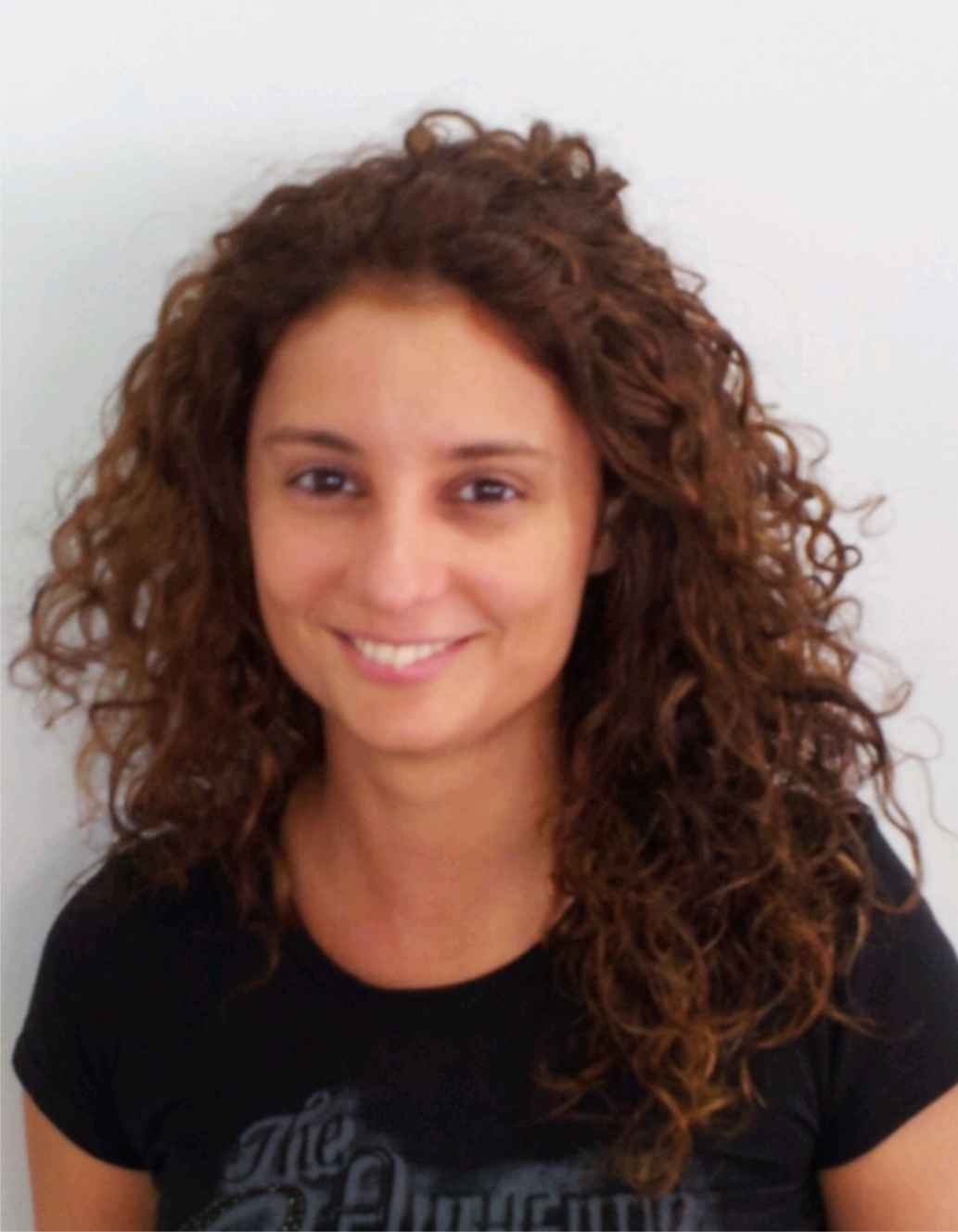 |
| [Return to top] |
Jakub Dostálek
Plasmonics for biosensing of chemical and biological compounds
Austrian Institute of Technology GmbH
Jakub Dostalek is a project leader at the AIT - Austrian Institute of Technology GmbH in Vienna. He runs a group active in the field of nanophotonics and materials research for biosensor and photovoltaic applications. In particular, Jakub Dostalek’s research interests include plasmonics, guided wave optics, nanomaterials, hydrogels, fluorescence spectroscopy, optical biosensors for medical diagnostics and food safety. Jakub Dostalek completed his PhD in 2006 at Charles University in Prague. He continued his postdoctoral studies at Max Planck Institute for Polymer Research in Mainz until 2007. From 2007 to 2008, he served as a project leader Polymer Research in Mainz and since 2009 he is with Austrian Institute of Technology in Vienna. Jakub Dostalek authored more than 40 papers and 7 book chapters.
|
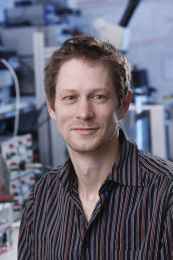 |
| [Return to top] |
Jiří Orava
Amorphous chalcogenides and marginal glass-forming melts
Fast and slow kinetics in amorphous chalcogenides for non-volatile solid-state memories
University of Cambridge & Tohoku University, Advanced Institute for Materials Research
Jirí Orava is a Research Associate in the Department of Materials Science & Metallurgy at the University of Cambridge, UK, since 2009 and the Advanced Institute for Materials Research, Tohoku University, Japan, since 2012. His research interests include the synthesis and physical-chemical properties of chalcogenide glasses, photonic structures, dynamics in glass-forming liquids and the optical and electrical data recording in amorphous semiconducting chalcogenides. He obtained his PhD in 2009 from the University of Pardubice in the Czech Republic.
|
 |
| [Return to top] |
Klaus Ensslin
Nanoelectronic devices
Department of Physics, ETH Zurich
Klaus Ensslin has been Professor of Solid-State Physics at ETH Zurich since October 1995. He studied physics at the University of Munich and at ETH Zurich. After completing his doctoral dissertation at the Max Planck Institute in Stuttgart, he was a postdoc at the University of California in Santa Barbara, USA. From April 1991 until September 1995 he worked at the University of Munich. His habilitation thesis was awarded a prize from the University of Munich. In 1994 he received the Gerhard Hess prize of the German Science Foundation promoting outstanding young researchers.
Since 2011 he directs National Center for Competence in Research on “Quantum Science and Technology”.
The primary research interest of Klaus Ensslin lies in the physics of mesoscopic systems. The electronic properties of novel semiconductor nanostructures are investigated using material control down to the atomic scale. One important goal is the ever increasing control and improved understanding of the quantum properties of electrons in nanostructures.
|
 |
| [Return to top] |
Kris Poduska
Tracking the life cycle of a material through its structure, bridging the nanoscale with the macroscale
Memorial University of New Foundland, Canada
Kris Poduska has been a professor at Memorial University in the Department of Physics and Physical Oceanography since 2003. After completing a BA in physics (Carleton College, USA) and a PhD in physics (Cornell University, USA), she did postdoctoral work in surface electrochemistry at York University (Canada). She received a Petro-Canada Young Innovator Award in 2009, and she has been a visiting scientist at the Weizmann Institute of Science (Israel) from 2009-2010, and 2014. Her research interests center on the relation between structure and physical properties in materials, with diverse applications in magnetic, optical, electronic, biomedical, or archaeological contexts.
|
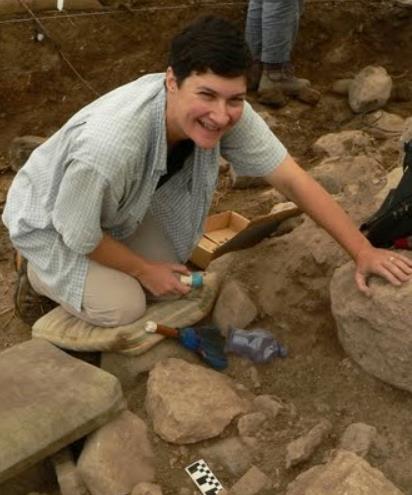 |
| [Return to top] |
Pascal Ruffieux
Graphene and carbon nanomaterials
Nanotech @ surfaces, EMPA Dübendorf
Synthesis and characterization of graphene nanostructures:
- Atomically precise bottom-up fabrication of graphene nanoribbons
- Mapping the electronic surface potential of nanostructured surfaces
- Porous graphenes: two-dimensional polymer synthesis with atomic precision
|
 |
| [Return to top] |
Patrik Schmutz
1) Corrosion issues and electrochemical methodologies
2) Case study - Biodegradable Mg implants characterization
Joining Technologies and Corrosion, EMPA Dübendorf
Patrik Schmutz is currently group leader for “Functional Surfaces in Reactive Environments” and deputy head of the Laboratory for Joining Technologies and Corrosion, at the EMPA in Dübendorf. He is also, since 2003, lecturer in the Department of Materials Science at the ETH Zürich and president of the Swiss Society for Surface Treatment (SGO-SST). He studied solid state and surface physics and did his PhD thesis in electrochemistry/surface analysis at the EPFL. His research ranges from investigation of corrosion mechanisms and surface functionalizing of metallic implants to functional surfaces on engineering materials like Al and Mg alloys.
|
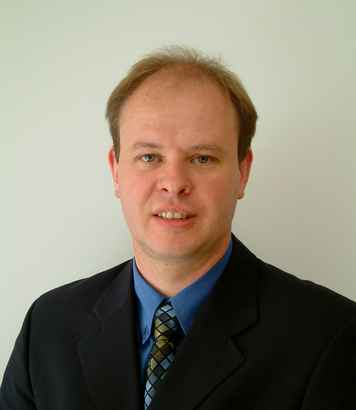 |
| [Return to top] |
Suneel Kodambaka
Role of Interface Structure on Electronic Properties of Heterostructured 2D Layers
University of California, Los Angeles
Suneel Kodambaka is an Associate Professor and Vice Chair for undergraduate studies in the Department of Materials Science and Engineering at the University of California Los Angeles (UCLA). Suneel graduated with a bachelors degree (B.Tech.,) from the Indian Institute of Technology, Madras, M.S., from Southern Illinois University at Carbondale (SIUC), and Ph. D. from the University of Illinois, Urbana-Champaign. Suneel is a recipient of the 2010 Alumni Achievement award from the SIUC College of Engineering, 2009 AVS Thin Film Division's Paul Holloway Young Investigator Award, and 2008 Best Paper award from the IBM Materials Research Community. His research relies on in situ microscopy (SEM, TEM, LEEM, and STM) to develop fundamental understanding of the growth mechanisms and thermo- chemical and mechanical stabilities of crystalline solids. Suneel can be reached at Kodambaka@ucla.edu.
| 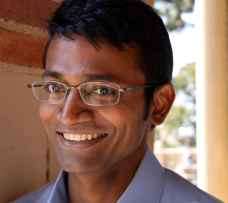 |
| [Return to top] |
Ulrike Diebold
Oxide Surfaces at the Atomic Scale
Surface Physics, Institute of Applied Physics, TU Vienna
Ulrike Diebold is a professor of physics at the Vienna University of Technology. She works in surface science, with a research interest in the fundamental properties of single-crystalline metal oxides. The main tool of investigation is Scanning Tunneling Microscopy in conjunction with spectroscopic techniques; the work is enhanced through fruitful collaborations with theoretical groups. She has published more than 150 papers, has given more than 200 invited talks and lectures, and has recently been honored with the ACS Adamson Award, an ERC Advanced Grant, and the Wittgenstein-Prize, the highest science award in Austria.
| 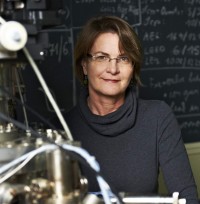 |
| [Return to top] |
Wolf-Dieter Schneider
Spectroscopic manifestations of low-dimensional physics: A local view
Institute of Condensed Matter Physic EPFL
Wolf-Dieter Schneider graduated in physics from the University of Bonn, Germany. After a fellowship at the University of Uppsala, he received his Ph.D. from the University of Bonn in 1975 with a thesis in nuclear physics. Subsequent to a postdoctoral stay at the University of Campinas, Brazil, he joined the department of physics of the Free University Berlin as Assistant Professor from 1977 to 1983. He has been an invited guest researcher of IBM at the Synchrotron radiation Center in Madison, Wisconsin, USA in 1981. In 1983 he became a senior scientist at the University of Neuchatel, Switzerland. He was appointed as a full professor at the University of Lausanne in 1989. Following the transfer of basic sciences from UNIL to the EPFL, he was nominated full professor at the EPFL in 2003. His areas of interest include surface physics and surface chemistry at the nanoscale where he employs photoemission techniques and predominantly local scanning probe methods.
He is author and coauthor of more than 200 research articles, including book chapters. He has directed 20 PhD thesis. Actually he has a Hirsch-index of h=51 and over 10'000 citations (Google scholar). He has developed, among others, joint research projects with the IBM Rüschlikon (Switzerland) and the IBM Almaden (USA) Research Laboratories.
Since 2009 he is Prof. honoraire (Prof. Emeritus) at the EPFL. Since 2012 he is scientific consultant at the Fritz-Haber-Institute of the Max-Planck-Society in Berlin, Germany.
| 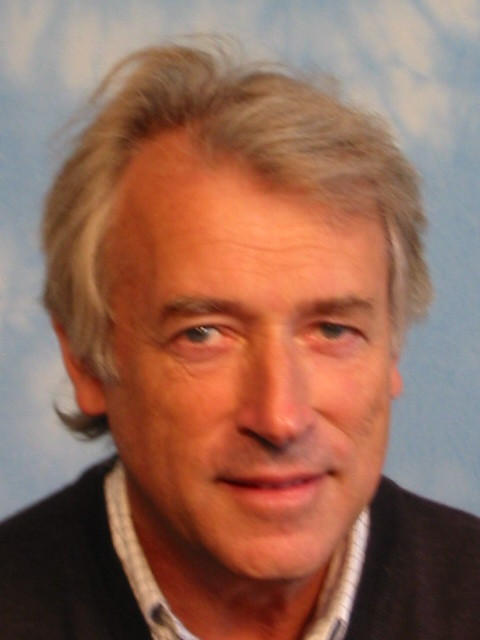 |
| [Return to top] |
|
|
|